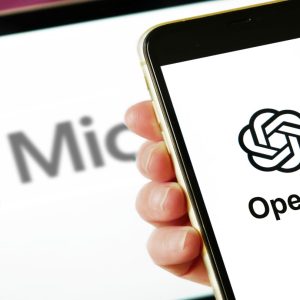
AI can help trainee teachers identify special educational needs (SENs) in their students, a study by researchers at the University of Cambridge has found. Teachers currently have limited opportunity to practice their training in identifying SENs, the researchers said, and providing AI-generated feedback on training exercises could accelerate their learning.

In a study published in the journal Learning and Instruction, researchers at University of Cambridge and Ludwig-Maximilians-Universität München (LMU Munich) developed a natural language processing system (NLP) to analyse trainee teachers’ diagnoses of SENs.
The system was trained using an archive of previous diagnoses and their outcomes, and ‘learned’ to identify key points of information required to make an effective diagnosis.
The researchers used this system to provide feedback to a group of trainee teachers using an online learning environment. Participants were given examples of six fictional school pupils’ work and asked to identify signs of dyslexia, attention deficit hyperactivity disorder (ADHA) or other SENs.
Half the group’s responses were analysed by the NLP system, which assessed their responses for evidence of the key information points required for an effective diagnosis. It then selected pre-written feedback text relevant to the trainee’s response. The other half received the assessment of a trained professional to compare to their own.
Both groups were later given two follow-up tests, and their responses were graded by the researchers for accuracy. The accuracy of the trainees who had received the AI-guided feedback was ten percentage points higher than the control group, the researchers found.
The researchers hypothesise that the AI system produced better outcomes because its feedback was tailored to the individuals’ needs.
How AI could help teachers identify special educational needs
AI could provide a useful boost to teacher training, says Dr. Riikka Hofmann, associate professor at the Faculty of Education, University of Cambridge, who worked on the study.
Teachers play a critical role in “recognising the signs of disorders and learning difficulties in pupils and referring them to specialists,” she says, and may receive some instruction on how to do so. “Unfortunately, many of them also feel that they have not had sufficient opportunity to practice these skills.”
“It is possible that AI could provide an extra level of individualised feedback to help them develop these essential competencies,” she adds.
There are 1.4 million pupils in English schools that have an identified SEN, according to a 2020 study commissioned by the UK government’s Council for Science and Technology. And as many as four in ten children recorded as having SEN and disabilities (SEND) at some point during their time at school. Many of these pupils are in mainstream primary and secondary school.
“If developments in AI technology and in our understanding about how people with [specific learning disabilities] SpLDs learn continue to progress as they have in the last decade, and we leverage them effectively, the potential for increasing educational achievements for people with SpLDs is great,” the report found.
But, it also warned that “evidence about the way that technology can be used to support education for people with SpLDs … is still relatively embryonic, patchy and lacks consistency and scale”.
It continued: “Unless this paucity of evidence is addressed, there is a risk that the potential benefits of technology will not be effectively expedited for people with SpLDs.”






